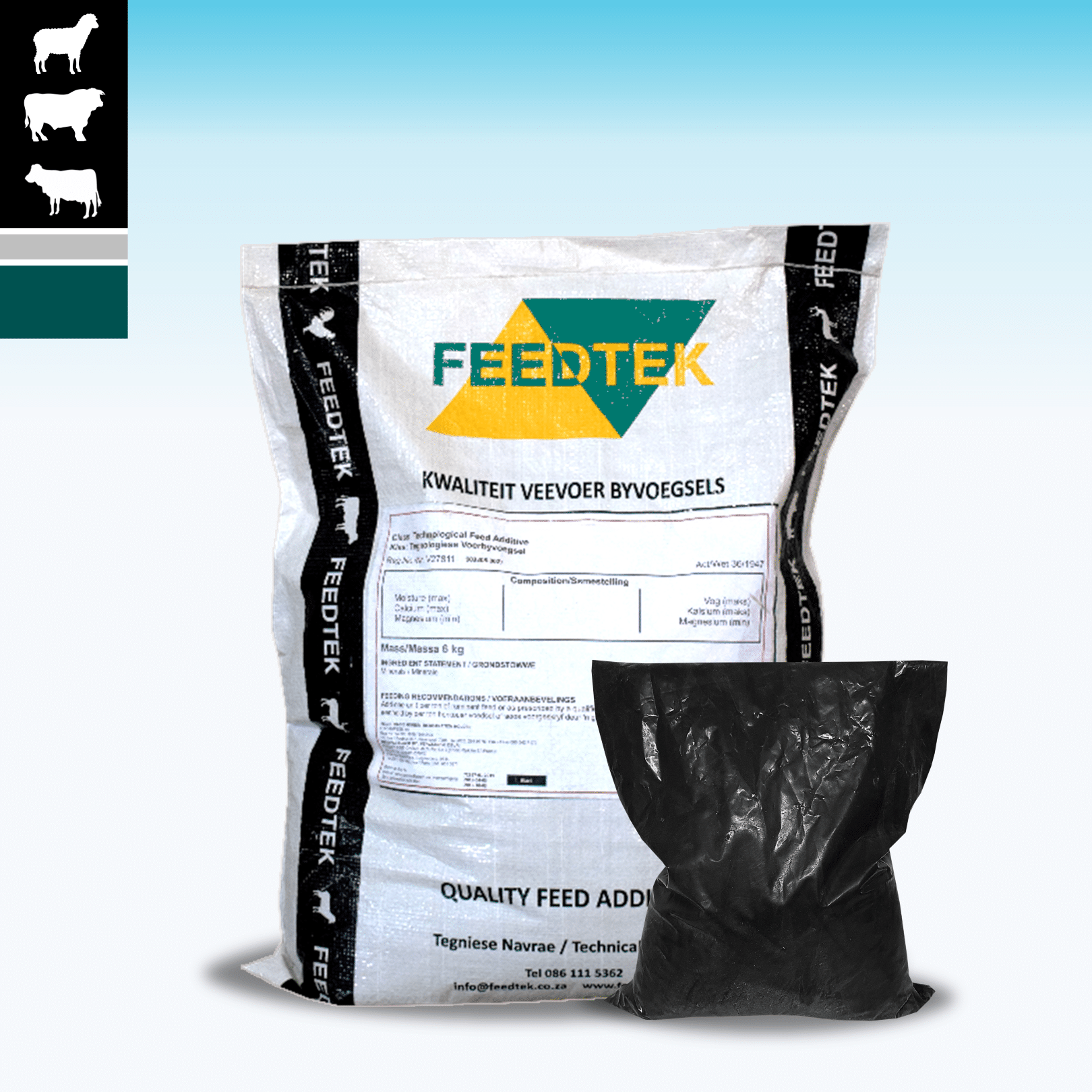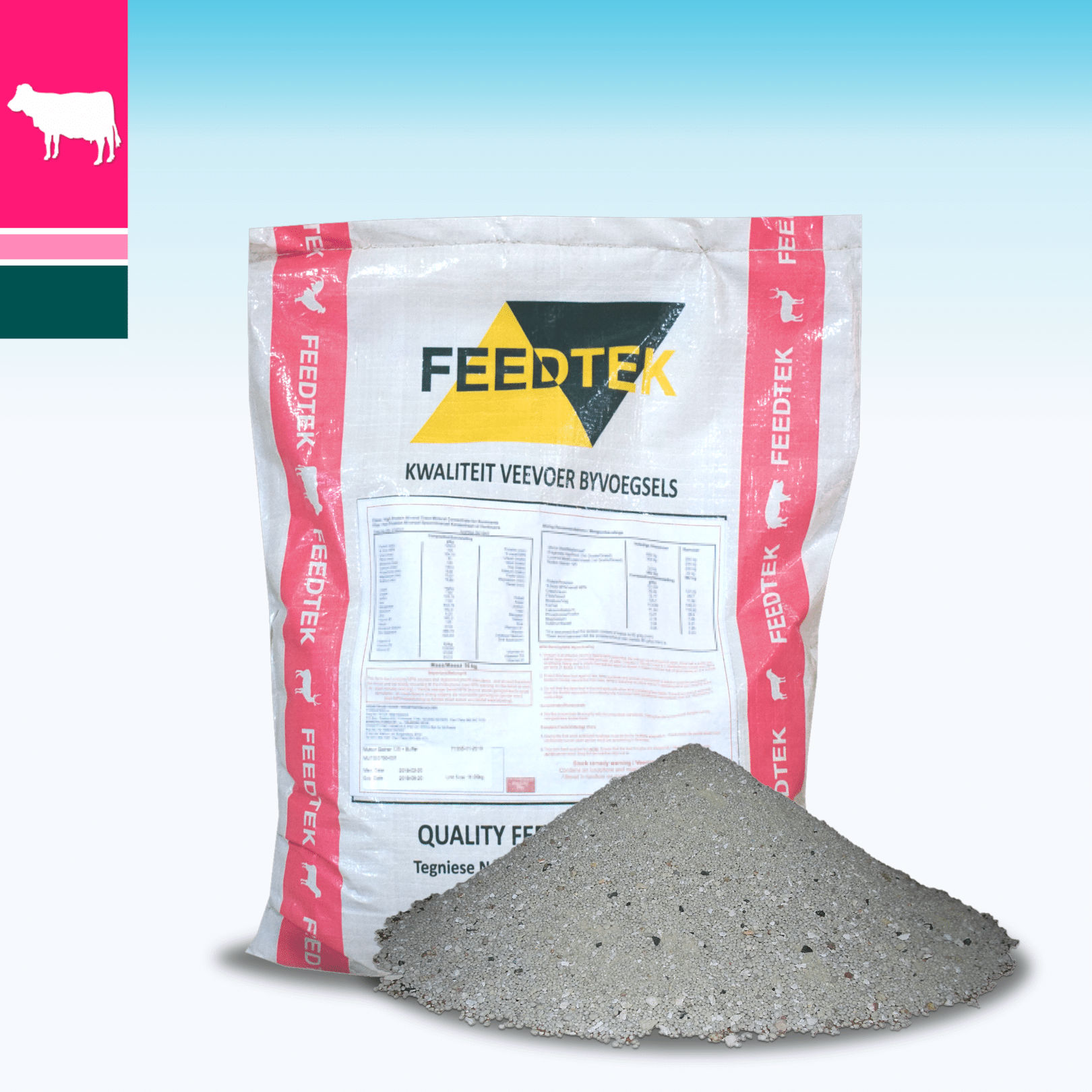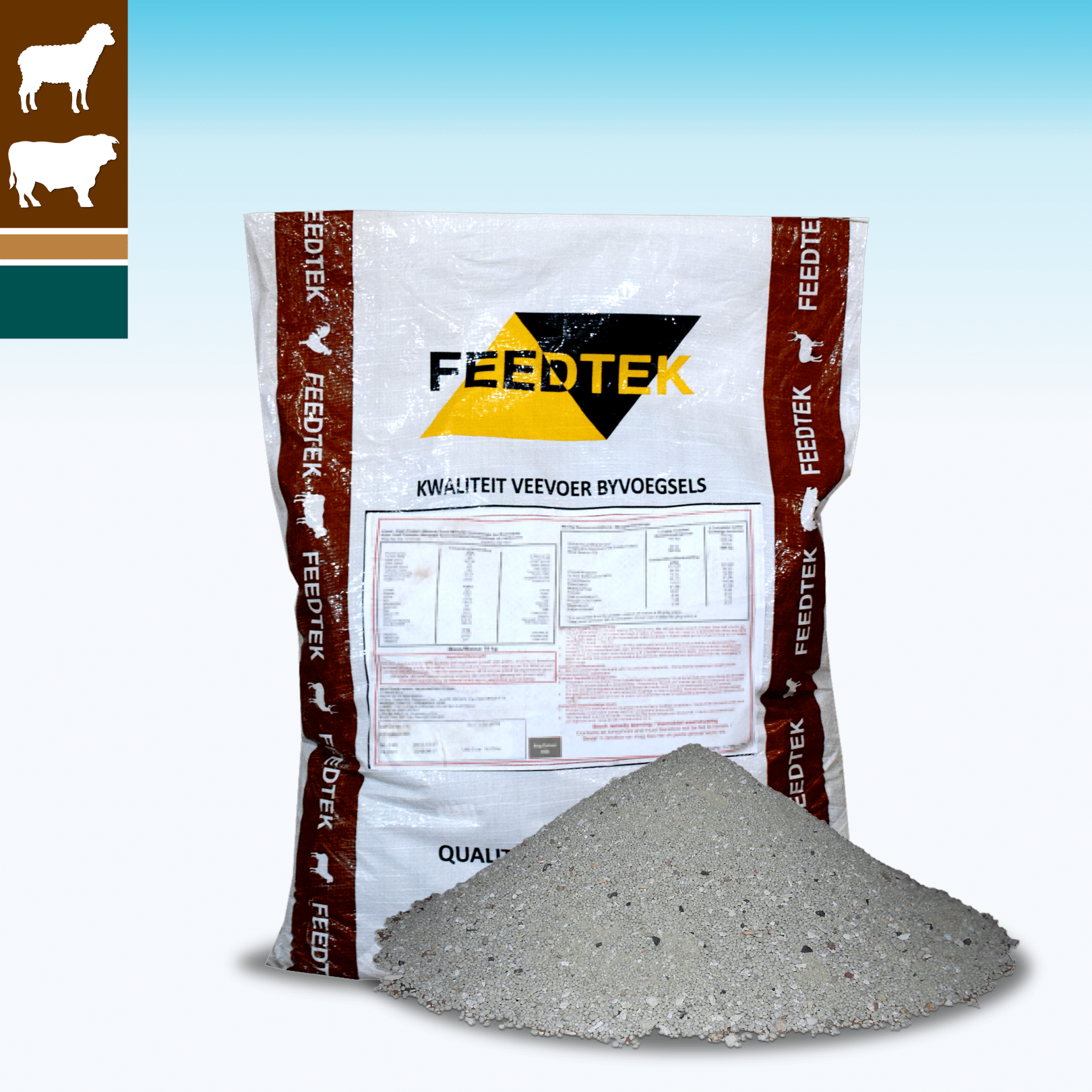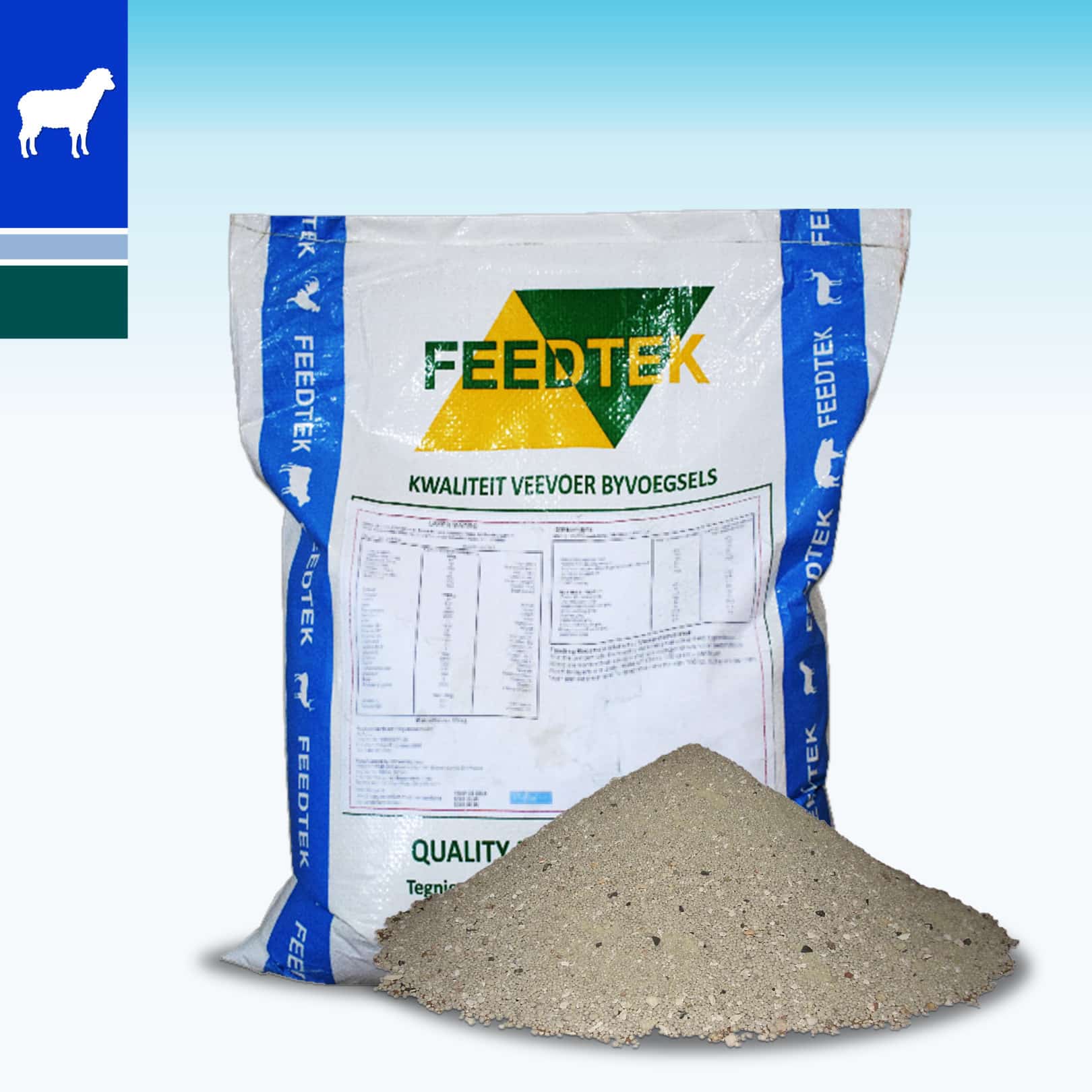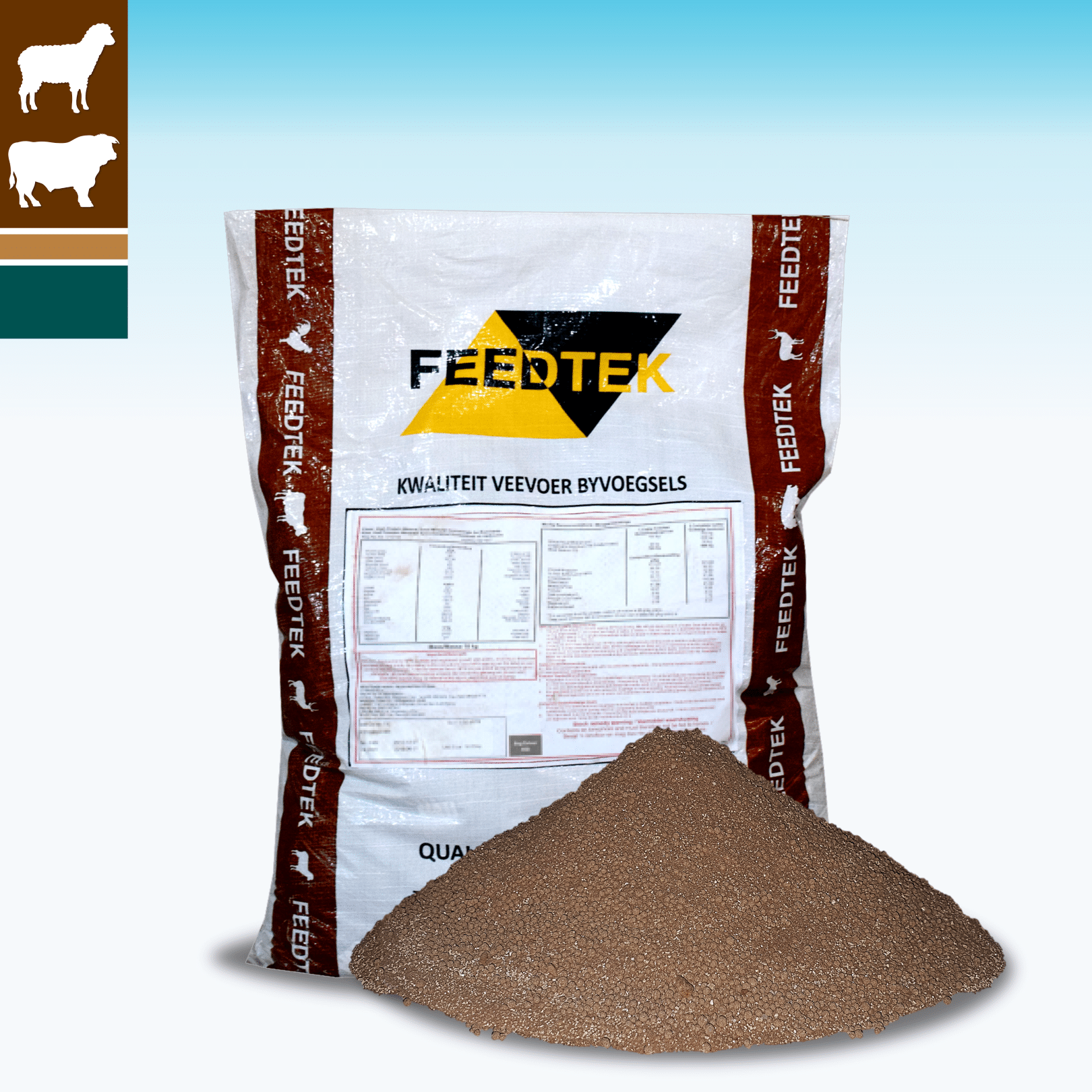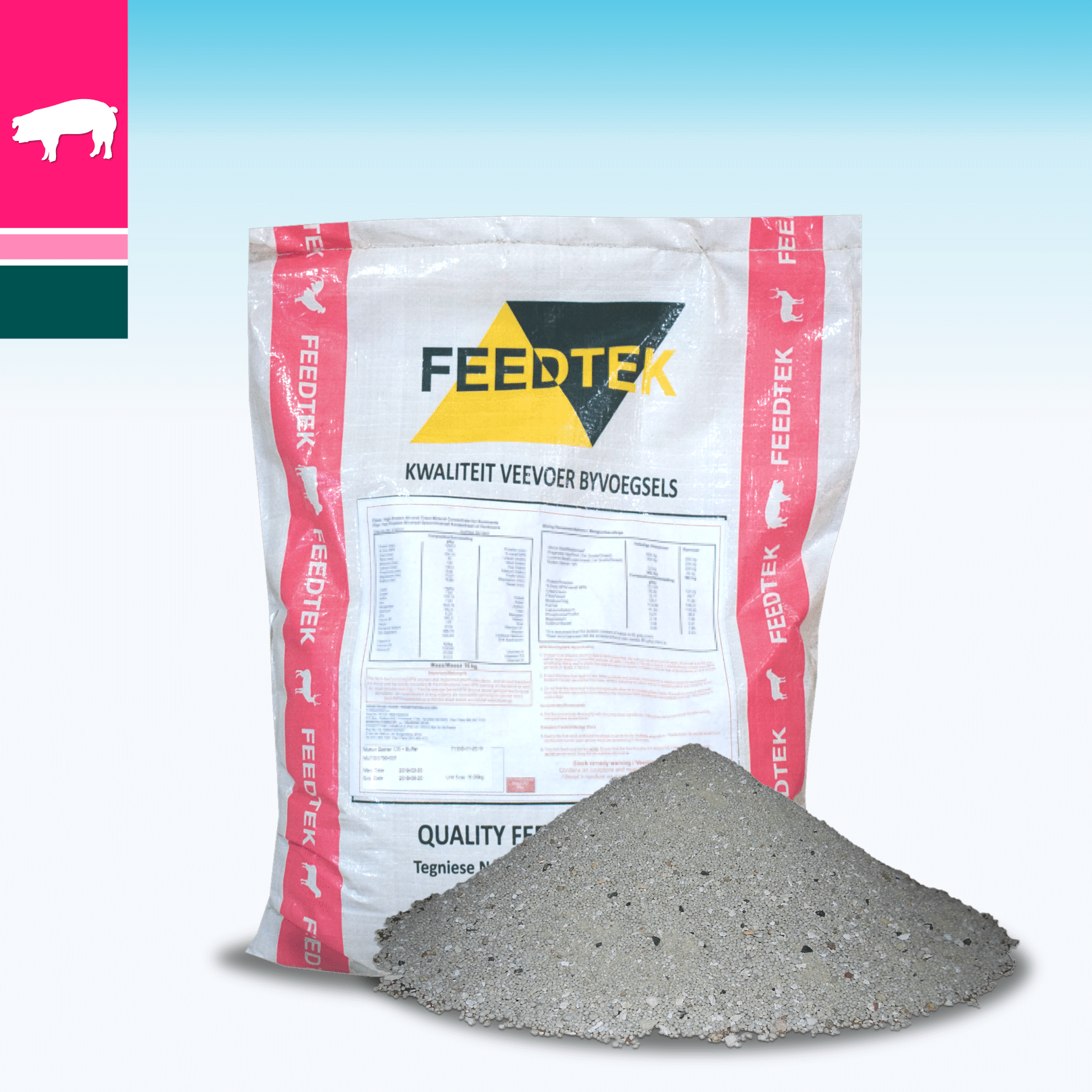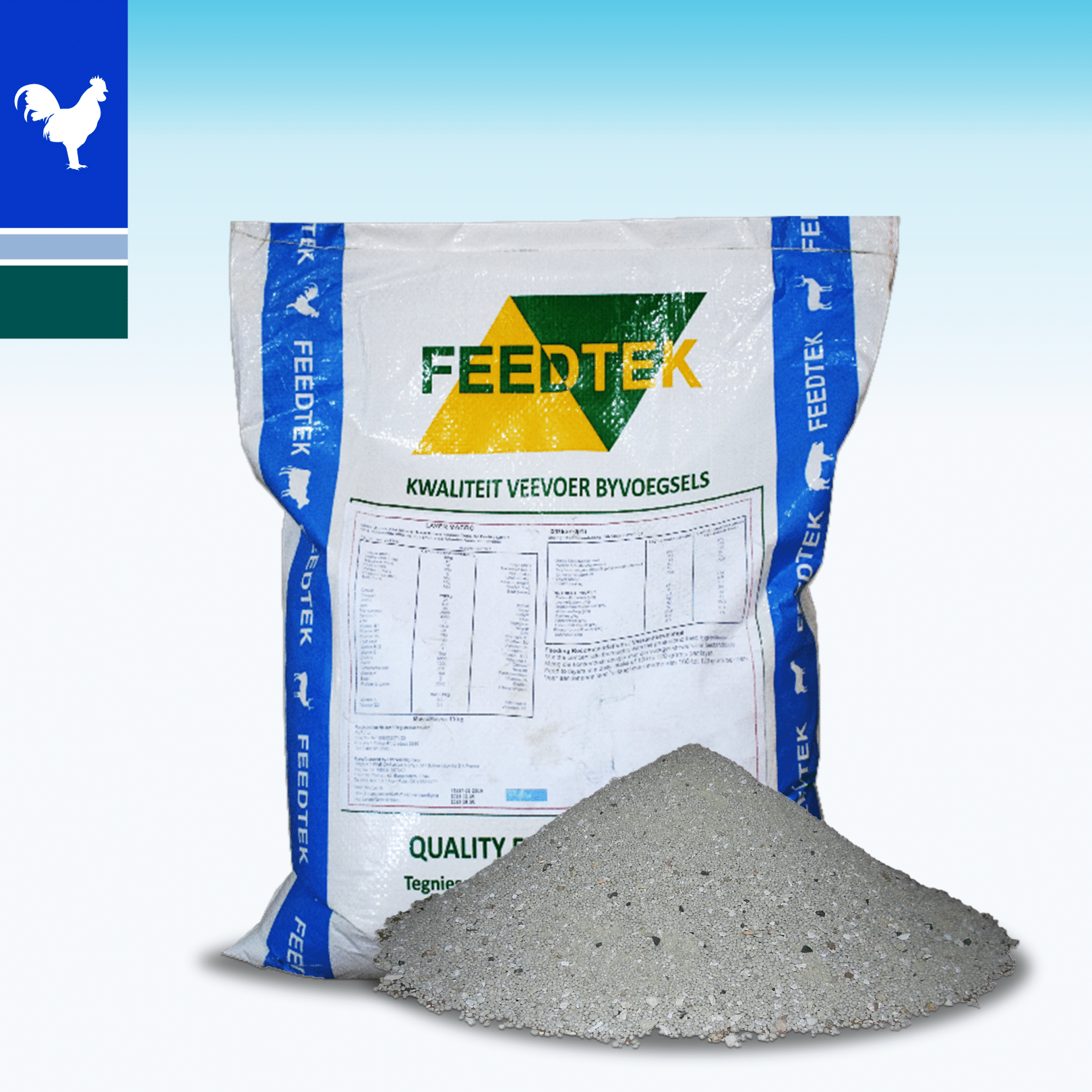Estimated reading time: 6 minutes
Prof Jan Bonsma’s well-known saying, ‘To measure is to know’, is becoming more apt by the day in the case of the modern-day sheep producer. Amid the difficult economic climate noted for its constantly rising input costs and increasing pressure on livestock and meat prices, sheep producers need to be goal-oriented, and must be as efficient and precise as possible to boost the profitability of their farming operations.
By intensifying their sheep production systems, producers are able to produce a more marketable product per hectare. This mainly is achieved by unlocking the maximum genetic potential of the ewe flock.
How do we do this?
Nutrition and management are key aspects. According to research, nutrition contributes more than 70% to the production and reproduction performance of a sheep flock. Note that the higher the ewe’s genetic potential, the higher her nutritional requirements to reach that potential. On the other hand, a sizable portion of an intensive sheep farm’s input costs can be attributed to nutrition. By providing nutrition of the correct quality and quantity at the correct stage, ewes’ maximum genetic potential is unlocked in an economical way.
For a producer to determine what is ‘correct’, management practices such as visual assessment, weight gain and assessment on the scale, condition score determination via palpation, as well as scanning of ewes should be implemented on the farm.
While all nutrients are derived from the feed animals ingest, they also have nutrients stored in, for example, adipose tissue and intramuscular fat that can be mobilised if necessary.
However, it is difficult to measure the total nutrient reserves of an animal. Evaluation tools or techniques all have unique limitations or shortcomings. Hence, as many techniques as possible should be incorporated into and used conjointly with management practices to evaluate body condition – this is important as decisions regarding ewe management and nutrition are based on these outcomes.
Assessment of animals
Your first overall impression of the sheep upon inspection is a good indicator of possible problem animals and/or groups. Pay particular attention to the rib cage, back and loin area, among others. However, in longwool sheep breeds it can be difficult to spot small differences through visual inspection alone.
Regular monitoring of weight gain and loss will reveal how an animal’s condition changes over time. An accurate average of the mature bodyweight for the entire ewe flock may assist in simplifying future decisions regarding the breeding weight targets for young replacement ewes. Because the process can be time consuming, labour intensive and stressful at critical stages for some ewes, it must be as efficient and quick as possible.
Plan scale days around production stages and target management activities such as weaning, mating, dosing and the like. Scales must be accurate, so make sure to calibrate them regularly. Try to optimise the layout of your sheep-handling facilities for maximum ease of handling and to reduce stress on animals.
How to determine condition score
Body condition scoring is an essential management tool for monitoring ewes’ body reserves at all stages of production. This involves a manual assessment of the muscle and subcutaneous fat across the sheep’s backbone (degree of fullness), behind the short ribs, and above the kidneys in the loin area.

Condition scoring is a standardised system that assigns a numerical score to a sheep’s body condition. Scores range from one (very thin) to five (very overweight). Half scores such as 2,5 or 3,5 are also commonly used within the five-point scale. One condition point is equivalent to approximately 10 to 13% of bodyweight. For instance, one condition point for a 70kg ewe is equal to around 7 to 9kg. However, numerous studies have shown that the relationship between bodyweight and condition score varies between breed, gender and age.
Condition scoring is practical, easy to learn and requires no specialised equipment. Furthermore, condition scoring, compared to live weight, circumvents the issues relating to skeletal size among and within breeds and physiological condition (pregnancy); nor is it affected by rumen fill or the length and wetness of the fleece.
Ideally all ewes should be scored as this will assist in managing them to remain on target for each of the production stages. Body condition targets vary depending on the type of production system, breed, season and fertility of the ewe. Ensuring that ewes reach the target muscle weight and fat coverage for the system and the specific production stage also assists in improving reproduction rate, lamb survival and growth, as well as lowering the incidence of metabolic diseases.
Ewes must be scanned six to eight weeks after the rams are removed to identify dry ewes, ewes with single lambs, those with twins and the like. It also enables the producer to provide more targeted nutrition. There are a few advantages to grouping ewes according to scan status, and incorporating body condition scores in the process: Firstly, the correct nutritional supplement can be given at the optimal time and secondly, the correct amount can be provided based on the requirements of the animals – this ensures the desired response and a saving on feed cost.
Can you forego condition scoring?
The bodyweight of a mature ewe is not a good substitute for condition scoring; even with recently sheared ewes, visual assessment is not accurate. A large body of research found that even small changes in condition – ranging from 2 to 3 – have a major effect on ewe welfare and the profitability of the ewe flock.
The AHDB Sheep KPI Validation Project (AHDB, 2014) in the United Kingdom concluded that condition scoring at key stages of the production cycle appears to be an appropriate key performance indicator for predicting weaned lamb weight.
- Condition scoring (and ewe weight) at mating, as well as weight gain from weaning to mating, are independently linked to the birth of multiples and lamb weight.
- Condition scoring during scanning is linked to total lamb weight at lambing and weaning.
- Condition scoring during lambing is linked to eight-week lamb and weaning weights.
- Loss of condition score from lambing to eight weeks and/or weaning is linked to individual and combined weaning weights.

There is no positive linear relationship between condition score and productivity. What is clear is that the performance of animals and potential income decrease when conditions scores are low. Conversely, consideration must be given to the potential cost of the extra feed that would be required to achieve very high condition scores, given that the increase in animal performance may be small, and in some cases even negligible.
The best strategy in economic terms is to reduce the variation in condition score for the entire ewe flock. This can be achieved by following a split flock management system – ewes are regularly assessed for condition scores and those that are below target are given a high-quality ration to improve body condition, whereas those on or above target only receive a maintenance ration.
The biggest profit driver is having as few low-condition score animals as possible in the flock. The optimal condition score is somewhere between 2,5 and 3,5. – By Lelanie Hansen (Pr.Sci.Nat), Feedtek
For more information, contact Feedtek on 086 111 5362, info@feedtek.co.za or visit www.feedtek.co.za.

